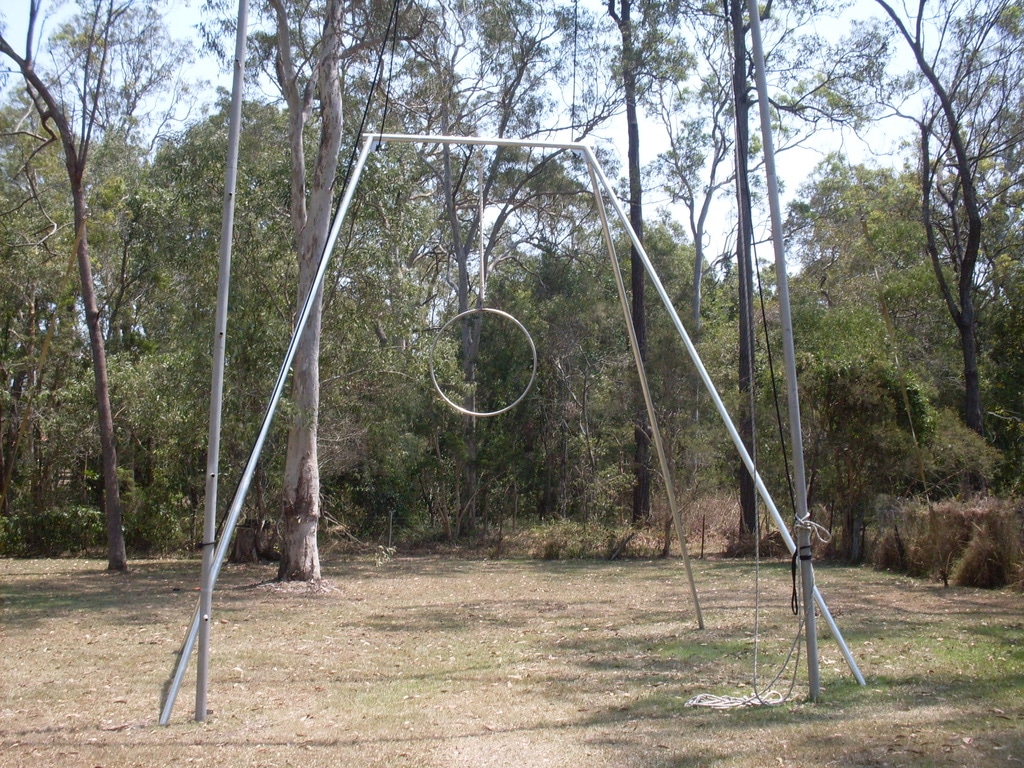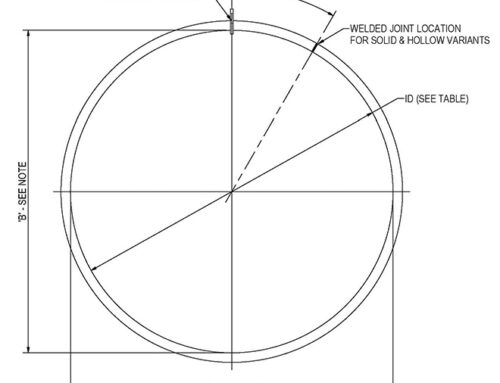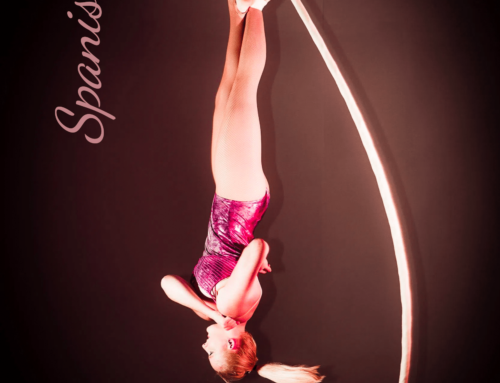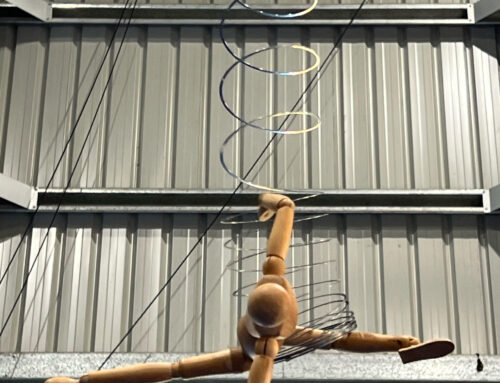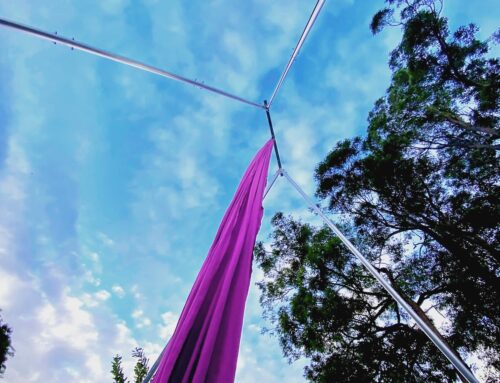Lately on social media, I have seen many requests for free-standing rigs. More people are requesting them than suppliers can supply, and some circus enthusiasts might feel pressured into buying a rig that is not ideal, but at least give them an opportunity to use their aerial equipment. As a professional rigger, circus coach and equipment manufacturer, I felt that the following text will help someone who is in the market for a free-standing rig, to make their decision based on the right information. If you are in the market to buy an aerial rig, here are the questions you should be asking the suppliers before you commit your money and your safety to their rigs:-
- What are the dimensions of the rig in order to fit in the space that I have? Height, foot print size (space between the foot plates).
- Can I make it lower in case I need to use it indoors? Can you leave one or more sections out of the legs so that it can be made lower and will this include the foot plates?
- Does the rig need a tensioning device between the foot plates, and can this be transferred onto a smaller foot print when the rig is used at a lower height? All free-standing rigs need them to prevent the foot plates from moving during use.
- Has the rig been certified? This means that a qualified structural engineer has designed and drawn plans for the rig and calculated the breaking strain (BS) of the rig the way that it will be used, not only based on the tensile strength of the individual materials that the rig is made from.
- Can the seller provide you with the certification document? You will need this for your insurance provider or to have in case you need to sell it some-time in the future.
- Has the rig been built in a workshop by qualified welders and tradesmen, using modern milling machinery, welding equipment and laser cutters for high precision joints? You will need to ask the seller.
- Has the work of the welders/tradesmen been inspected by an accredited inspector to establish that all the welds are safe for human loading? All human loading welds need to be inspected and tested. Remember, your life will depend on these tests.
- Has the rig been tagged (a small compliance plate attached to the rig) as proof that it has passed those tests? You will also need to show this to your insurance provider or inspector if you use your rig in a public space.
- Do the leg sections of the rig need linch pins to keep the leg sections together? Any sleeved joint should have a linch pin keeping the sections together.
- If so, if the rig is made out of aluminium, are the linch pins the correct size for the holes in your poles and sleeves? If the linch pins are smaller than the holes in your poles and sleeves, the movement in the joints during use will cause the holes to wear and become larger causing a loss of strength in your rig. Aluminium is a soft metal and wears much quicker than other metals.
- Is the rig advertised as “light-weight”, and are you buying it because it is easy to set up? This is a good sign that the rig may not be strong enough. Not all light-weight materials are strong enough to withstand the dynamic loading of a circus aerialist, no matter the equipment. Through time, the bouncing movement of the poles can cause stress fractures in the joints on the legs and your rig could fail (break).
- In the case that your rig fails, is the seller insured to build the rig? This might be required to cover the replacement of the damaged rig and possible medical costs if someone was injured when the rig failed.
- How do you plan to get your equipment attached to your rig? Does your rig provide fixed and rated points for this purpose?
- If you use a pulley system to raise and lower your circus equipment, is there a rated point welded onto the footplate on one leg for this purpose? Every part of the pulley system also needs to be rated for human use.
- In the case of high winds, does the foot plates on the legs have holes so that it can be pegged (staked) down? Your rig should be able to stay outdoors and withstand windy conditions. Pegs (stakes) will remove the necessity to dismantle your rig if windy.

